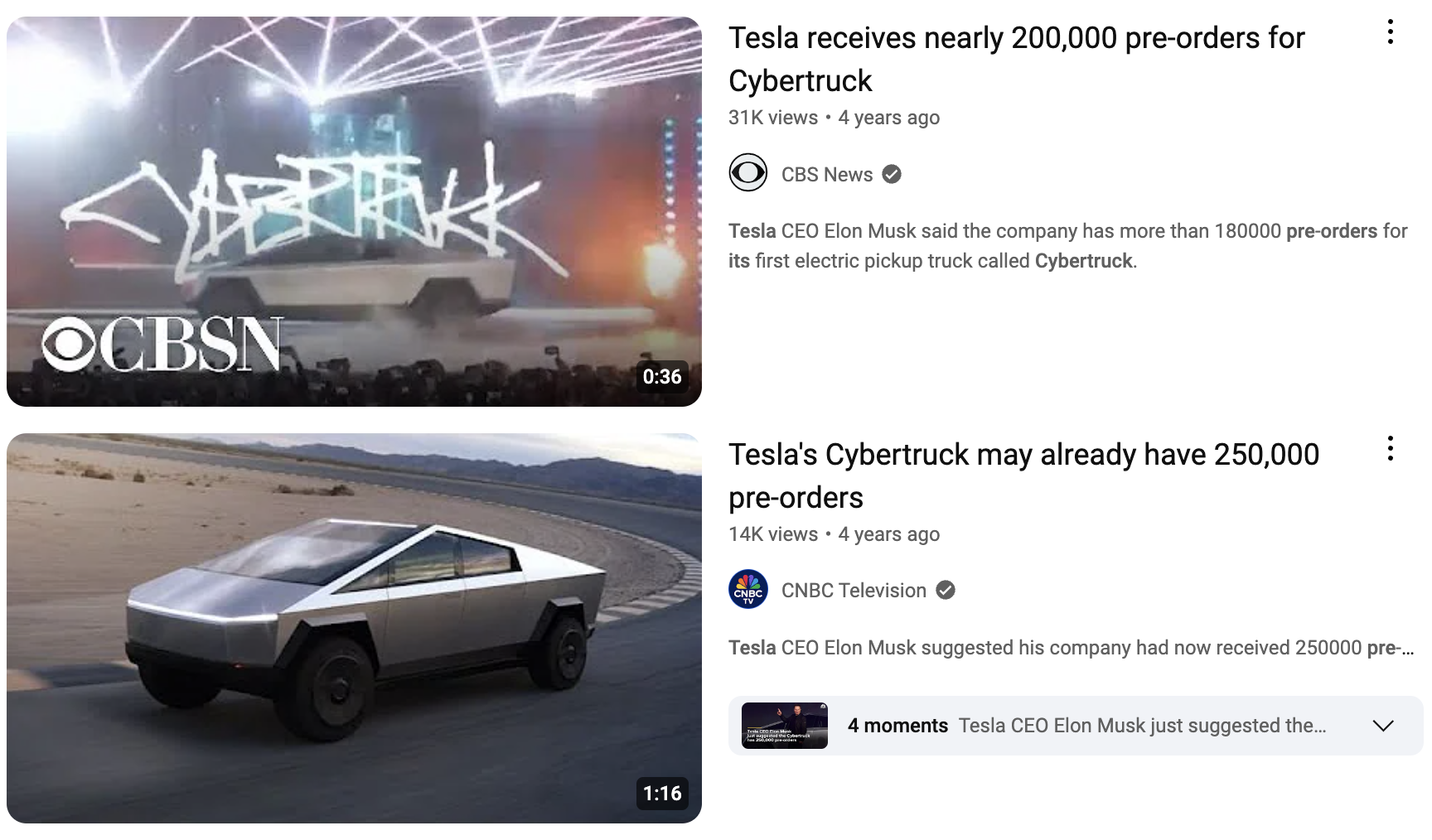Pre-marketing: Strengthening Brand Collaborations for Greater Impact

In the ever-evolving landscape of marketing, premarketing has emerged as a powerful strategy to build momentum, create buzz, and lay a strong foundation for successful brand collaborations. Premarketing involves a series of planned activities and communications that occur before the official launch of a product, campaign, or partnership. This article explores the concept of premarketing and how it can enhance brand collaborations, driving greater impact and success.
Understanding Premarketing
Premarketing refers to the activities undertaken to generate interest, awareness, and anticipation before a major event, product launch, or collaboration. It aims to create a positive perception and build excitement among the target audience, ensuring that when the official launch happens, there is already a captive and engaged audience ready to participate and support.
Key components of premarketing include:
1- Teasers and Announcements: Strategically timed teasers and announcements can create curiosity and anticipation. This could be through social media posts, email newsletters, or press releases.
- Example: Apple often releases cryptic teasers and minimalistic announcements before their new product launches, creating massive anticipation and speculation among their audience.
2- Content Marketing: Sharing valuable content related to the upcoming collaboration helps educate the audience and build interest. Blog posts, videos, infographics, and behind-the-scenes content can all play a role.
- Example: Nike and Apple collaborated to create the Nike+ line, and their premarketing involved sharing behind-the-scenes videos on the development and testing of the product, engaging the fitness community with detailed content on how the product enhances athletic performance.
3- Influencer Engagement: Collaborating with influencers to share sneak peeks and their excitement can significantly amplify reach and credibility.

- Example: Coca-Cola’s collaboration with fashion brand Kith involved influencers and celebrities sharing exclusive previews and their excitement about the upcoming limited-edition collection, driving massive online buzz and engagement.
4- Early Access or Pre-Orders: Offering early access or pre-orders can create a sense of exclusivity and urgency, encouraging immediate action from the audience.

- Example: Tesla’s premarketing for its Cybertruck included allowing customers to place pre-orders with a small deposit, creating a buzz and demonstrating strong market demand even before the official launch.
5- Engaging Campaigns: Interactive campaigns such as contests, quizzes, and countdowns can actively involve the audience, making them feel a part of the journey.
- Example: Lego’s premarketing campaign for their collaboration with “Stranger Things” included a countdown and interactive social media puzzles that engaged fans of both the toy brand and the TV series, building excitement leading up to the launch.
The Role of Premarketing in Brand Collaborations
Premarketing is especially crucial in the context of brand collaborations. When two or more brands come together, it’s essential to ensure that the collaboration is well-received by their respective audiences. Premarketing helps in aligning the expectations and interests of the audiences, creating a cohesive and compelling narrative.
- Building Synergy: Premarketing activities help in communicating the shared vision and values of the collaborating brands. This synergy enhances the overall appeal and credibility of the collaboration.
- Example: The collaboration between BMW and Louis Vuitton on a luxury luggage line was teased with sophisticated, high-end content that highlighted the shared commitment to craftsmanship and luxury, building a narrative that resonated with both brands' audiences.
- Maximizing Reach: By leveraging the combined audiences of the collaborating brands, premarketing ensures a wider reach and greater engagement. Each brand’s audience becomes more aware of the other, expanding the potential customer base.
- Example: When GoPro and Red Bull partnered, their premarketing efforts included cross-promotion through social media and joint events, leveraging the vast audiences of both brands to maximize reach and engagement.
- Creating Anticipation: Premarketing creates a buzz around the upcoming collaboration, making the audience eager to see the final outcome. This anticipation can lead to higher engagement and participation once the collaboration is officially launched.
- Example: Adidas and Kanye West’s Yeezy collaboration used cryptic social media posts and influencer leaks to build massive anticipation, resulting in high demand and sell-out releases upon launch.
- Strengthening Relationships: Engaging with the audience before the official launch helps in building a stronger relationship. The audience feels valued and involved, leading to increased loyalty and support for the collaboration.
- Example: Starbucks and Spotify collaborated to create a unique in-store music experience. Their premarketing involved inviting loyal customers to participate in exclusive early access and feedback sessions, strengthening customer relationships and loyalty.
- Mitigating Risks: By gauging audience reactions and feedback during the premarketing phase, brands can make necessary adjustments to their strategies, minimizing potential risks and ensuring a smoother launch.
- Example: The collaboration between Uber and Spotify allowed users to control the music during their rides. Premarketing included beta testing with select users, gathering feedback to refine the service before the full launch.
International Example: Adidas and Parley for the Oceans
A notable example of effective premarketing in brand collaboration is the partnership between Adidas and Parley for the Oceans. This collaboration focuses on creating sustainable footwear and apparel using recycled ocean plastic. Here’s how premarketing played a crucial role in their success:
- Teasers and Announcements: Prior to the official launch, both Adidas and Parley released teasers and announcements on their social media platforms, hinting at an innovative product made from ocean plastic. This generated curiosity and anticipation among their audiences.
- Content Marketing: They shared engaging content, including videos and blog posts, showcasing the journey of transforming ocean plastic into high-performance sportswear. This not only educated the audience about the environmental impact but also highlighted the innovation behind the collaboration.
- Influencer Engagement: Adidas and Parley collaborated with influencers and athletes who are passionate about sustainability. These influencers shared their excitement and support for the initiative, amplifying the message to a broader audience.
- Early Access: Adidas offered limited early access to their ocean plastic products through their website, creating a sense of exclusivity and urgency. This strategy encouraged immediate action from environmentally conscious consumers.
- Engaging Campaigns: Interactive campaigns, such as social media contests and challenges related to ocean conservation, actively involved the audience and built a community around the cause.
By effectively leveraging premarketing strategies, Adidas and Parley successfully created a strong buzz and engagement before the official launch. This not only ensured a positive reception but also positioned the collaboration as a pioneer in sustainable fashion, ultimately driving significant impact and success.
Conclusion
Premarketing is a strategic approach that can significantly enhance brand collaborations. By creating anticipation, building synergy, and engaging with the audience, premarketing lays the groundwork for a successful collaboration. When executed effectively, it not only maximizes reach and impact but also strengthens the relationship between the brands and their audiences, driving long-term success.




